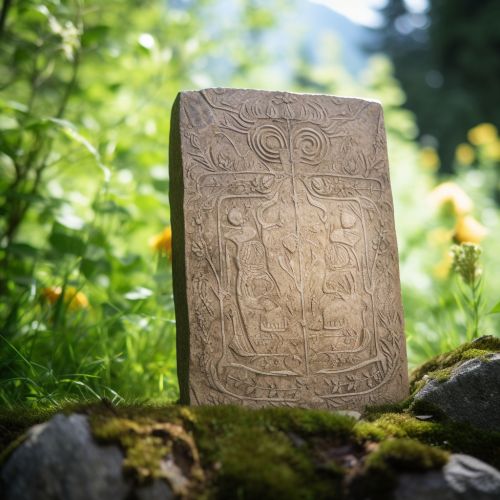Proto-Indo-European
Origins and Discovery
The study of the Proto-Indo-European (PIE) is a significant field in historical linguistics. This language is the reconstructed common ancestor of the Indo-European language family, the most widely spoken language family in the world. The existence of PIE was first proposed in the 18th century, following the discovery of the similarities between European and Indian languages.


Reconstruction
The reconstruction of PIE is based on the comparative method, a technique for studying the development of languages by performing a feature-by-feature comparison of two or more languages with common descent from a shared ancestor. This method has led to the development of the PIE phonological system, morphology, and syntax.
Phonology
The phonology of PIE is a topic of considerable complexity. It is characterized by a system of stops and fricatives, vowels and semivowels, and sonorants. The language also featured pitch accent, a type of linguistic stress pattern where one syllable in a word or phrase is pronounced at a higher pitch than others.
Morphology
The morphology of PIE is highly inflected, meaning that the form of a word can change to express different grammatical categories. The language had two grammatical numbers (singular and plural), three genders (masculine, feminine, and neuter), and eight cases (nominative, vocative, accusative, genitive, dative, ablative, locative, and instrumental).
Syntax
The syntax of PIE is a subject of ongoing research, but it is generally agreed that the language had a flexible word order, with a preference for subject-object-verb (SOV). The language also featured the use of relative clauses, participles, and infinitives.
Vocabulary
The PIE vocabulary provides insights into the culture and environment of the Proto-Indo-Europeans. Words for various natural phenomena, animals, plants, and human activities have been reconstructed, offering a glimpse into the life of this ancient people.
Proto-Indo-European Society
The study of PIE also extends to the reconstruction of the Proto-Indo-European society. This society is believed to have been a pastoralist culture, based on the reconstructed vocabulary related to livestock and farming.
